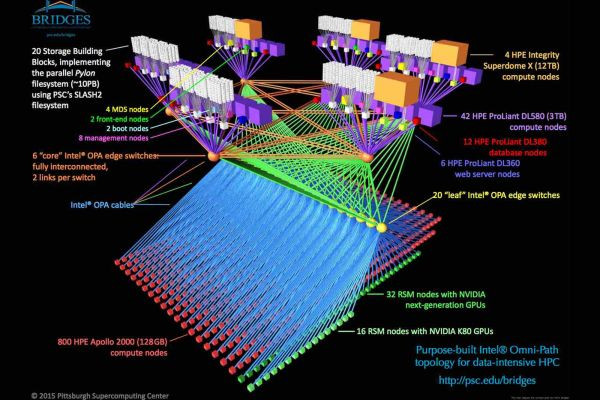Computational physics is a branch of physics that uses computational methods and algorithms to solve complex physical problems. It combines physics, computer science, and applied mathematics to simulate and study physical systems that may be analytically challenging or impossible to solve with traditional theoretical approaches.
Key aspects of computational physics include:
1. **Simulation of Physical Systems:** Computational physics involves creating simulations to model physical phenomena, such as fluid dynamics, quantum mechanics, or astrophysical processes. These simulations can help predict the behavior of systems under different conditions.
2. **Numerical Methods:** This field employs numerical techniques to approximate solutions to equations that describe physical systems, including differential equations and integrals. Common methods include finite element analysis, Monte Carlo simulations, and molecular dynamics.
3. **Data Analysis:** Computational physicists use computers to analyze large datasets, often obtained from experiments or simulations. This can involve data mining, statistical analysis, and visualization techniques.
4. **Interdisciplinary Applications:** Computational physics can be applied to a wide range of fields, including condensed matter physics, nuclear physics, plasma physics, materials science, and biophysics.
Overall, computational physics provides a powerful toolkit for investigating physical problems that are too complex for analytical solutions, offering insights that are valuable in both theoretical research and practical applications.
Computational physics and mathematical physics are distinct but related fields within physics. They both deal with the application of mathematics to physical problems, but they differ in their approaches and primary focuses.
### Computational Physics
- **Focus:** Computational physics emphasizes the use of computational methods and algorithms to solve complex physical problems. It involves the development and application of numerical techniques to simulate physical systems and analyze data.
- **Methods:** It relies on computer simulations, numerical analysis, and computational algorithms. Techniques may include finite element analysis, Monte Carlo simulations, molecular dynamics, and more.
- **Applications:** Computational physics is often used to study systems that are difficult or impossible to solve analytically, such as large-scale simulations of the universe, fluid dynamics, climate modeling, and the behavior of materials at the atomic level.
- **Tools:** Requires proficiency in programming languages (e.g., Python, C++, Fortran), numerical methods, and high-performance computing.
### Mathematical Physics
- **Focus:** Mathematical physics focuses on the development of mathematical methods and theories to understand physical phenomena. It seeks to derive physical laws from first principles and to provide a rigorous mathematical foundation for physical theories.
- **Methods:** It involves the formulation of physical theories in precise mathematical terms, using advanced mathematical techniques from areas such as differential geometry, functional analysis, group theory, and topology.
- **Applications:** Mathematical physics is concerned with the theoretical development of physical theories, such as quantum mechanics, general relativity, statistical mechanics, and quantum field theory. It often deals with abstract concepts and foundational questions.
- **Tools:** Requires deep knowledge of advanced mathematics and theoretical physics. It often involves proving theorems, deriving equations, and exploring the implications of mathematical structures.
### Key Differences
1. **Approach:** Computational physics uses computational tools to simulate and analyze physical systems, while mathematical physics uses rigorous mathematical reasoning to develop and understand physical theories.
2. **Methods:** Computational physics involves numerical and computational techniques, while mathematical physics involves advanced mathematical methods.
3. **Applications:** Computational physics is often practical, focusing on simulations and real-world applications. In contrast, mathematical physics is more theoretical, focusing on the mathematical underpinnings of physical theories.
Both fields are essential to advancing our understanding of the physical world, and they often overlap, especially in areas like quantum mechanics, statistical physics, and complex systems.
Space weather typically refers to the study of how solar activity, such as solar flares and coronal mass ejections, affects Earth's magnetosphere, ionosphere, and atmosphere, as well as satellite operations, communication systems, and power grids. While space weather itself is not a specific engineering course, it is a multidisciplinary field that intersects with several engineering disciplines.
In academic programs, topics related to space weather may be covered under:
1. **Aerospace Engineering:** Courses may discuss the impact of space weather on spacecraft and satellite systems.
2. **Electrical Engineering:** Focuses on the effects of space weather on power grids and communication systems.
3. **Physics and Atmospheric Sciences:** Courses may cover the physical principles behind space weather phenomena.
4. **Space Sciences or Space Systems Engineering:** These programs may include specific courses on space weather and its impact on space missions.
Courses specifically titled "Space Weather" might be offered as electives or special topics within these broader programs.


